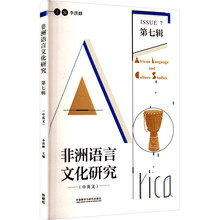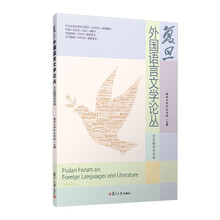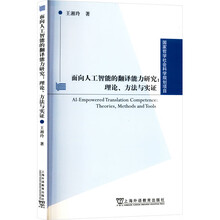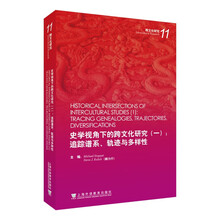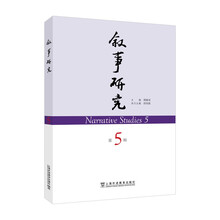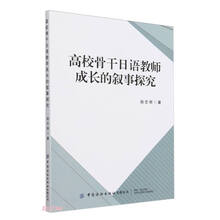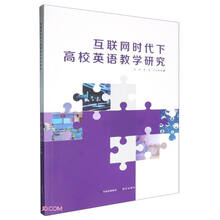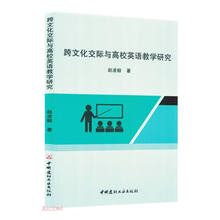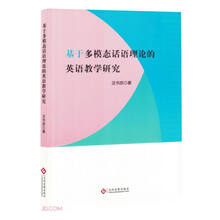第一部分 应用研究:词义范畴化重构
1 《说文解字》潜在的范畴化过程——系统分析与计算描写
1.1 引言
1.2 描写框架、可行性及相关原则
1.3 以及物性中的物质过程为依托的概念整合过程
1.3.1 整合过程中导人的物质过程框架(一):不及物过程图示
1.3.2 整合过程中导人的物质过程框架(二):及物过程图示
1.4 以及物性中其他过程为依托的概念整合过程
1.4.1 关系过程框架
1.4.2 其他过程框架:行为、言语和心理
1.5 概念整合过程导人的逻辑一语义关系
1.5.1 整合过程导入的'详述'关系
1.5.2 整合过程导人的'延伸'关系
1.5.3 整合过程中导人的'增强'关系
1.6 结语
2 词义范畴化中的语用预设——论《说文解字》部首的作用
2.1 Introduction
2.2 Research areas and characterization of LP
2.3 Types of LPs under the figure-ground principle
2.3.1 The constitutional LP
2.3.2 Manner: means and comparison-and-contrast
2.3.3 Minor subtypes
2.3.4 Summary: pragmatic nature of LPS
2.4 Conclusion
第二部分 理论探讨:内容、表达与元研究
3 论汉语句子的主语
3.1 引言
3.2 系统功能语法的及物性及其参与者系统
3.3 汉语的主语研究:沿革小引
3.4 小句的主语和主语结构:最抽象的概念语法范畴
3,5汉语句子的主语系统
3.6 主语和主题的关系
3.7 结语
4 汉语书写级阶初步——以简化宋体为例的笔画系统研究
4.1 Introduction
4.2 The stroke system
4.2.1 A Perspective of Textual and Experiential Potentials
4.2.2 Interpersonal aspect of 'point' and 'line': their aesthetic Systems
4.3 Conclusion
5 韩礼德语言学思想中的中国传统
5.1 Introduction
5.2 Holisticality epistemology of SFL
5.2.1 Panchronic angle of SFL model design
5.2.2 Dialectical and interactional principle applied iIl SFL
5.3 Shaping some of key categories in SFG
5.3.1 The holistic principle applied in SFG
5.3.2 Shaping some of the key categories in SFG
5.4 Conclusion
……
6 比喻认知能力的发展
——项以学龄前儿童为对象的实证研究
7 从《诗经》看明喻和隐喻产生的先后顺序
——项以《诗经》为语料的认知研究
8 文化性比喻认知的非体验性
——以时空异置为切入点的实证研究
参考文献
展开

